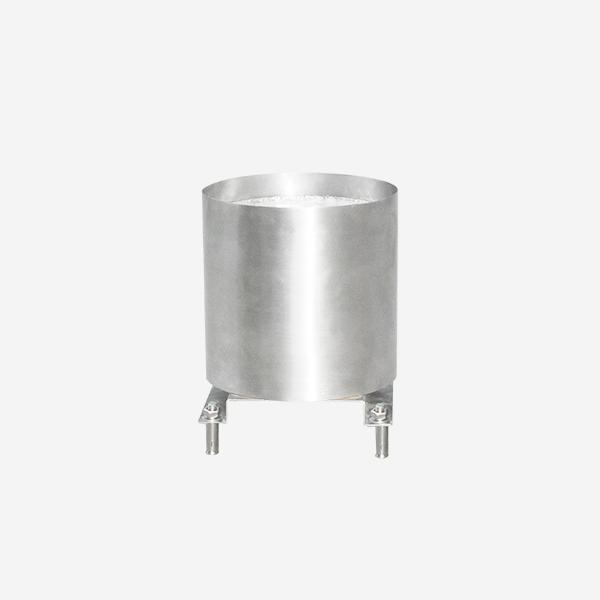Summary
There are two main types of rain gauges, non-record rain gauges and record rain gauges. Rainfall sensors are weather sensors used by meteorologists and hydrologists to measure rainfall in a certain period of time. Rain gauge is also known as udometer, pluviometer and ombrometer.
Types of rain gauges
1, Non-recording rain gauge
The unrecorded rain gauge is the most common rain gauge used by meteorological departments. It consists of a cylindrical container with a diameter of 127 mm, with a base enlarged to 210 mm diameter. At its top part, the funnel is provided with a rounded brass edge of 127 mm so that it can fit into the container. This funnel handle is inserted into the neck of a receiving bottle, which is 75 to 100 mm tall from the base and thinner than the cylinder, and is placed inside to receive rainfall.
The receiving bottle has a capacity of 100mm. During heavy rainfall, it often exceeds the rainfall, so it should be measured 3 to 4 times a day. The water in this receiving bottle is measured with a graduated measuring cup to an accuracy of 0. 1 mm. In terms of evenness, rainfall is measured and recorded at 8:30 am US Standard time each day. Proper maintenance, maintenance and inspection of the rain gauge, especially in dry weather, is necessary to keep the instrument free of dust and dirt and to give accurate readings.
2, Recording rain gauge
There are three types of recording rain gauges :a) weighing bucket rain gauges b) dumping bucket rain gauges c) floating or natural siphon rain gauges
2.1 Barrel rain gauge
The weighing bucket rain gauge is the most commonly used self – recording rain gauge. It consists of a receiving bucket supported by a spring or lever balance or other weighing mechanism. As the weight of the barrel increases, the movement of the barrel is transmitted to a pen, which makes notes or marks on a clock-driven chart. The weighing bucket rain sensor gives a plot of accumulated (increased) rainfall value against elapsed time, resulting in a curve called a mass curve.
2.2 Tipping bucket rain gauge
The tip bucket rain sensor is a round 30 cm diameter rain gauge used by the Us Weather Service. It has a sharp edge receiver 30cm in diameter with a funnel at the end of the receiver. There are a pair of buckets underneath the funnel, and when one bucket receives a quarter of a millimeter of rain, it pours it into the container and brings the other bucket under the funnel. Dump bucket rain gauge

The flip of the bucket completes a circuit that allows the pen movement to be marked on a clock-driven receiving drum with recording paper. These generated electrical pulses are recorded in a control room away from the rain gauge station. The instrument is more suitable for digitization of output signal.
2.3 Floating or natural siphon rain gauge
The rain gauge works like a weighing bucket rain sensor. A funnel receives water collected in a rectangular container. The bottom of the container is provided with a float, as the water level in the container rises, the float rises. Its movements are recorded by a pen on a clock-driven recording drum.
When the water rises, the float reaches the top of the float in the water, and the siphon works, draining the water through the connecting pipe, and the water in the tank is completely drained. This rain sensor is the standard rain gauge in India and the curve drawn from this data is called the rainfall quality curve.